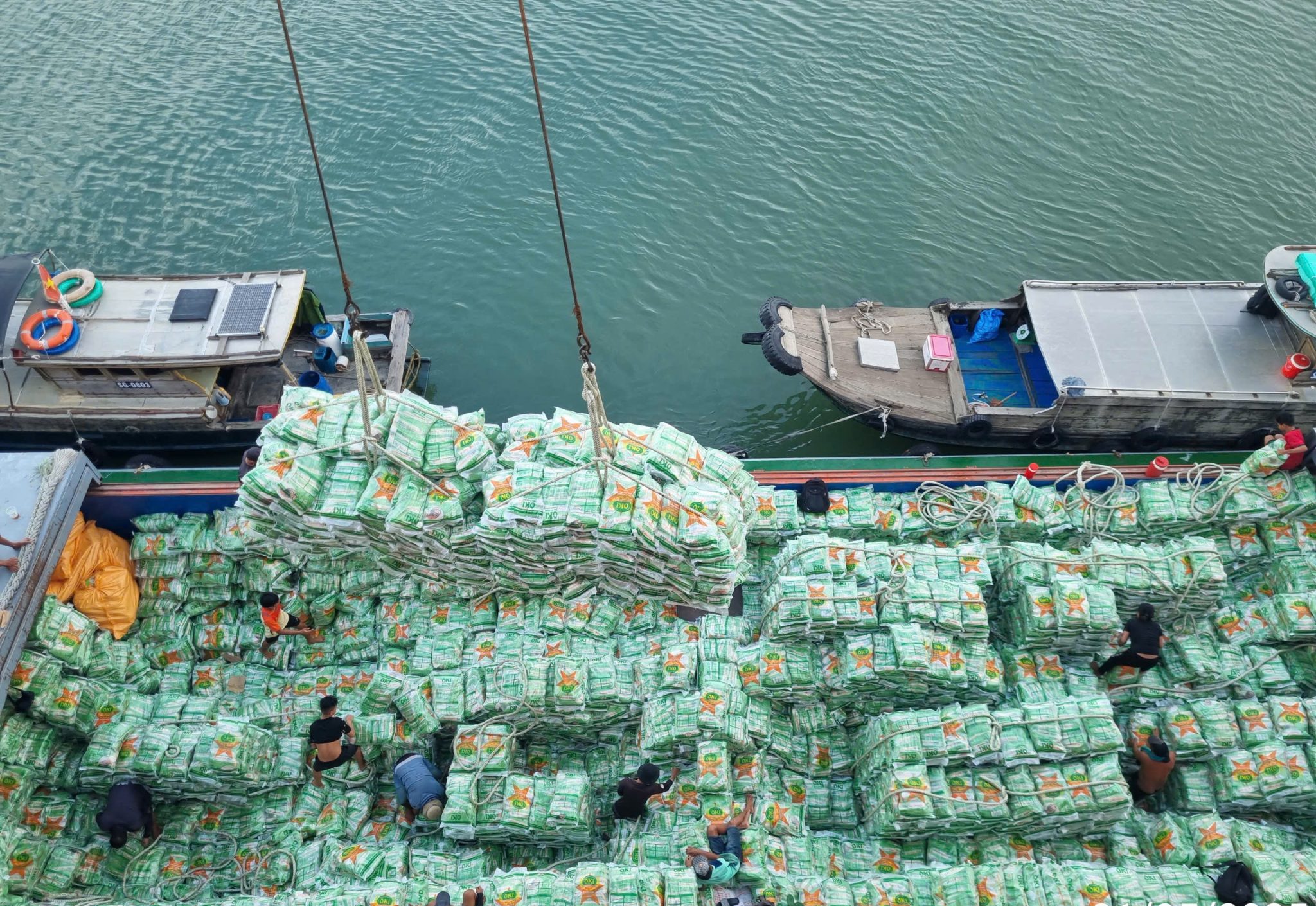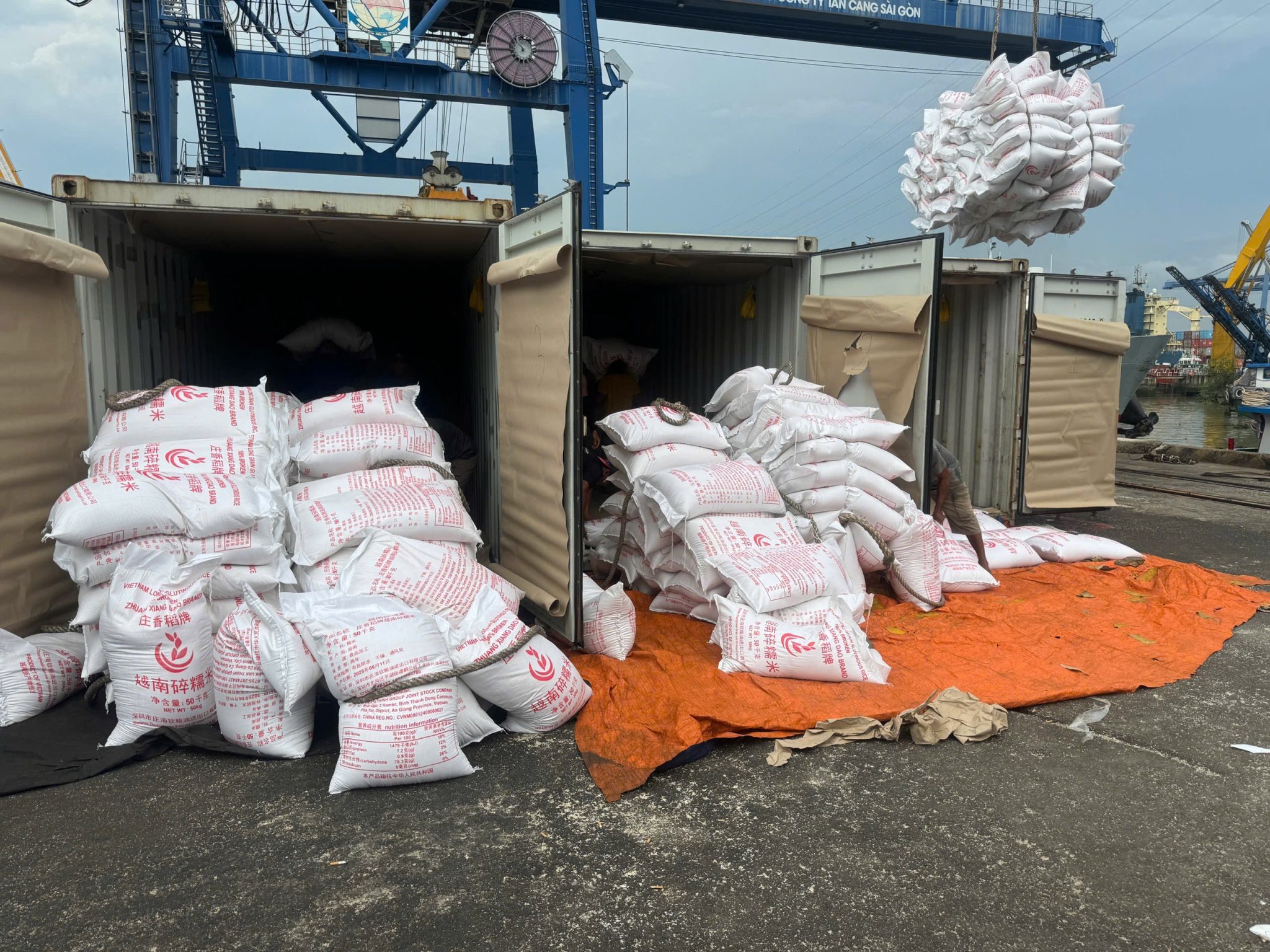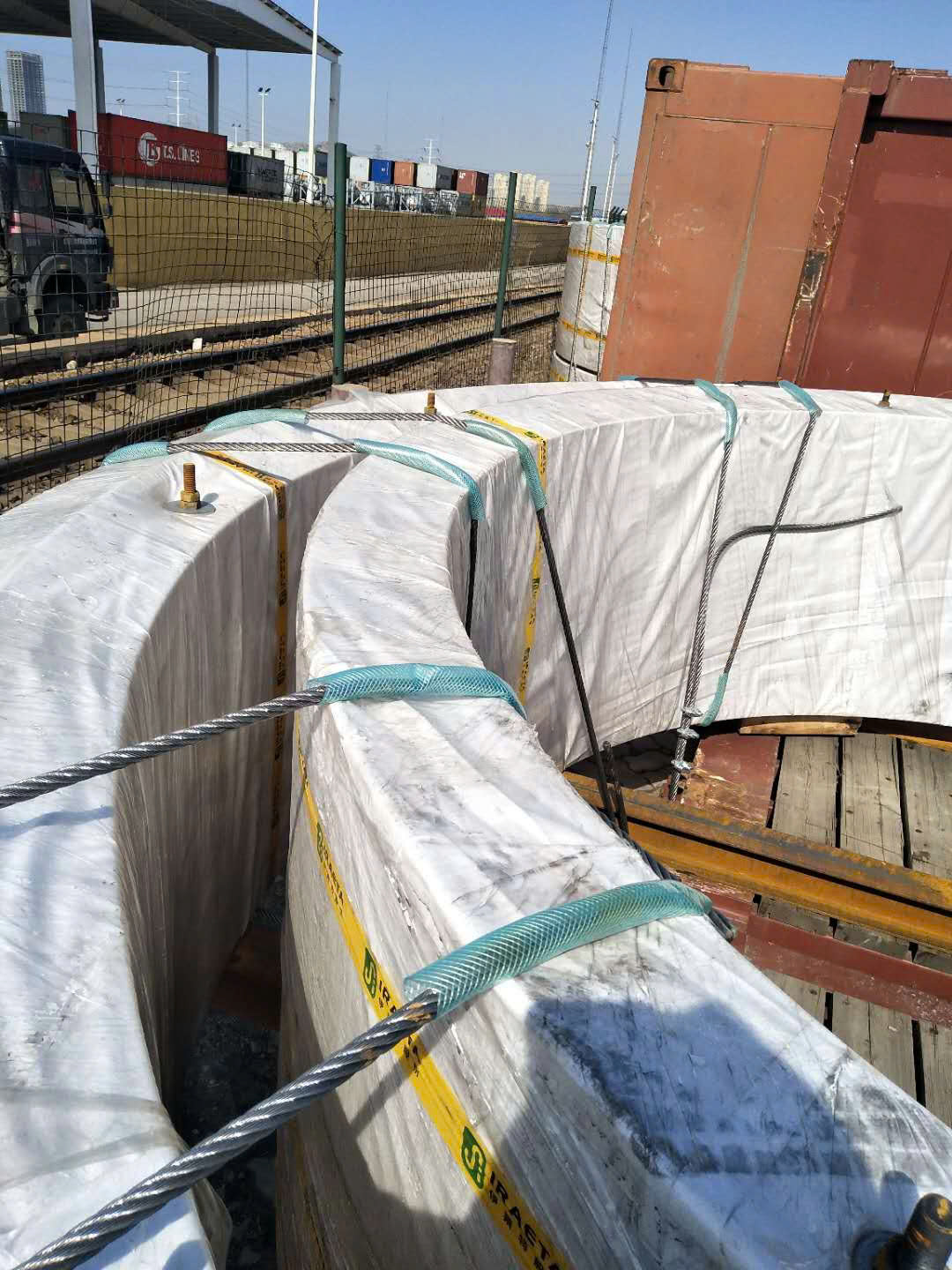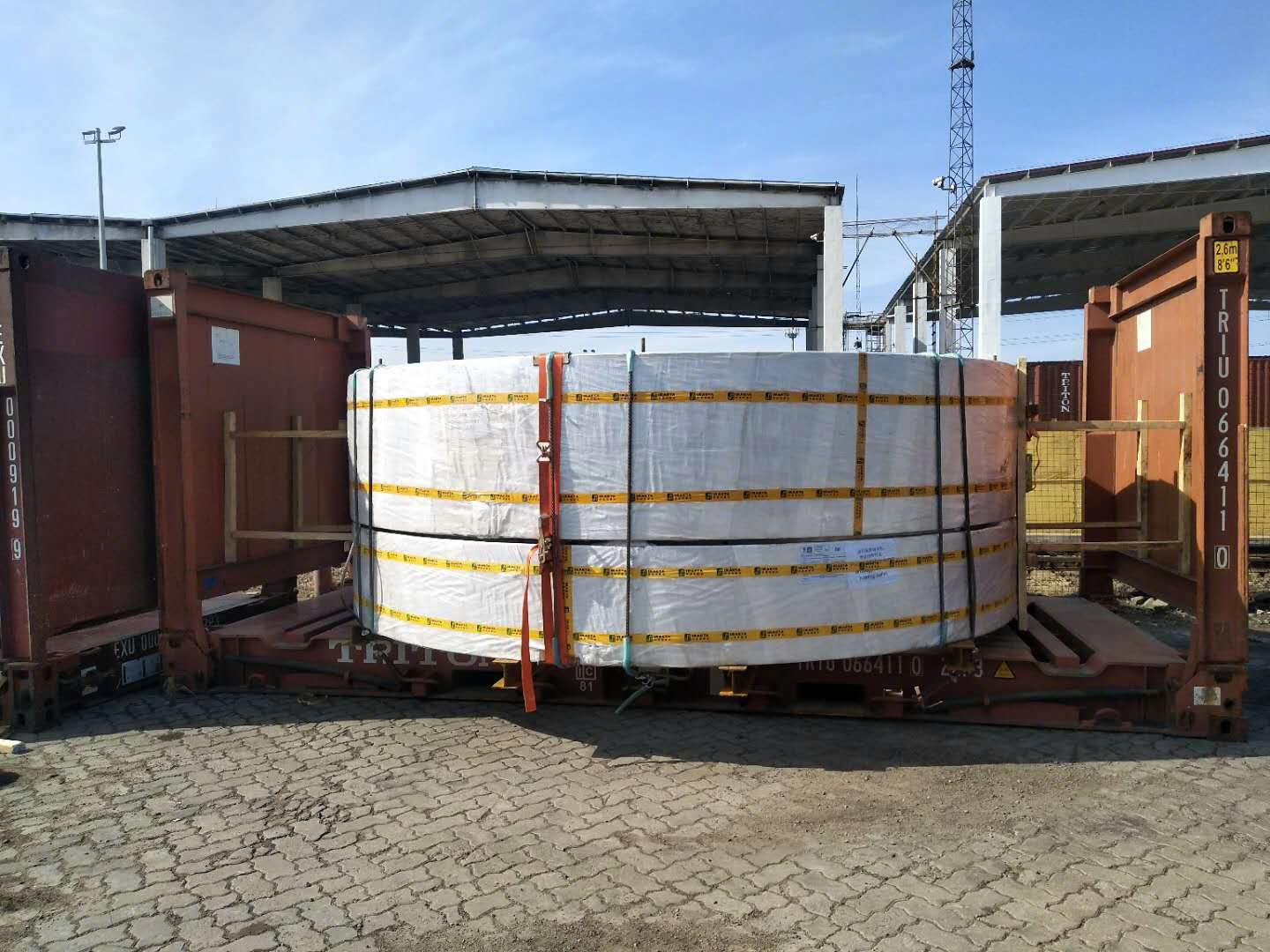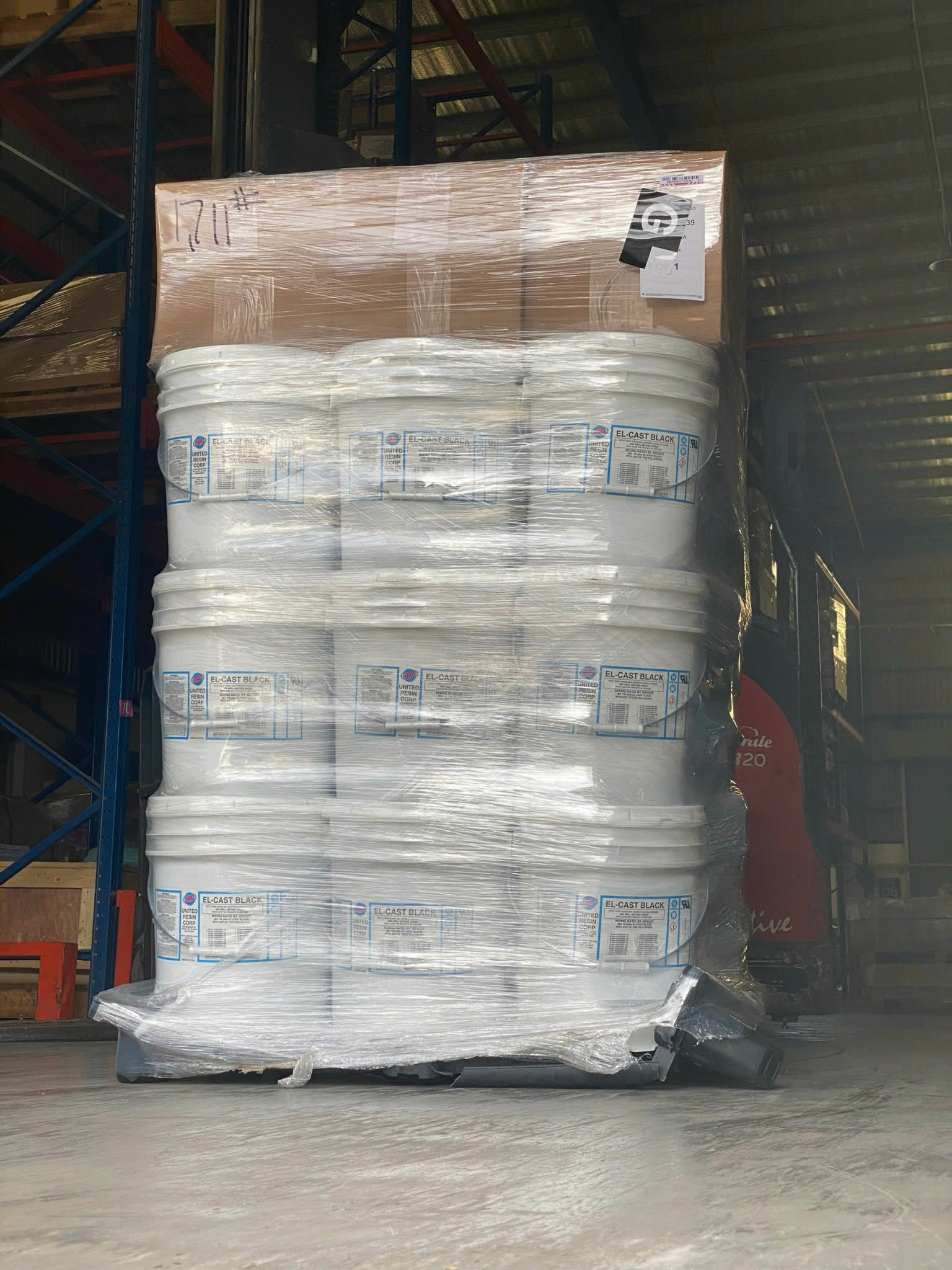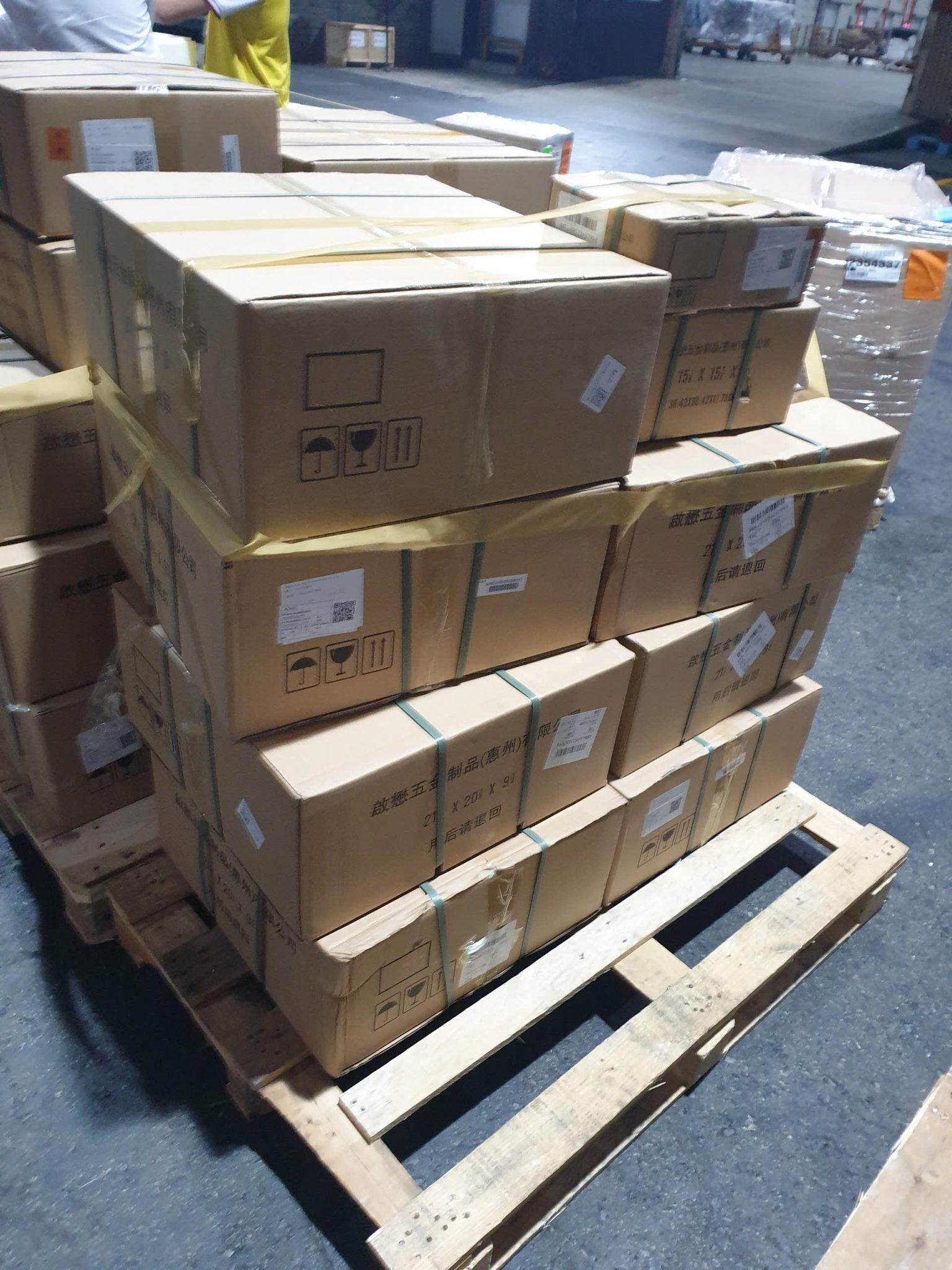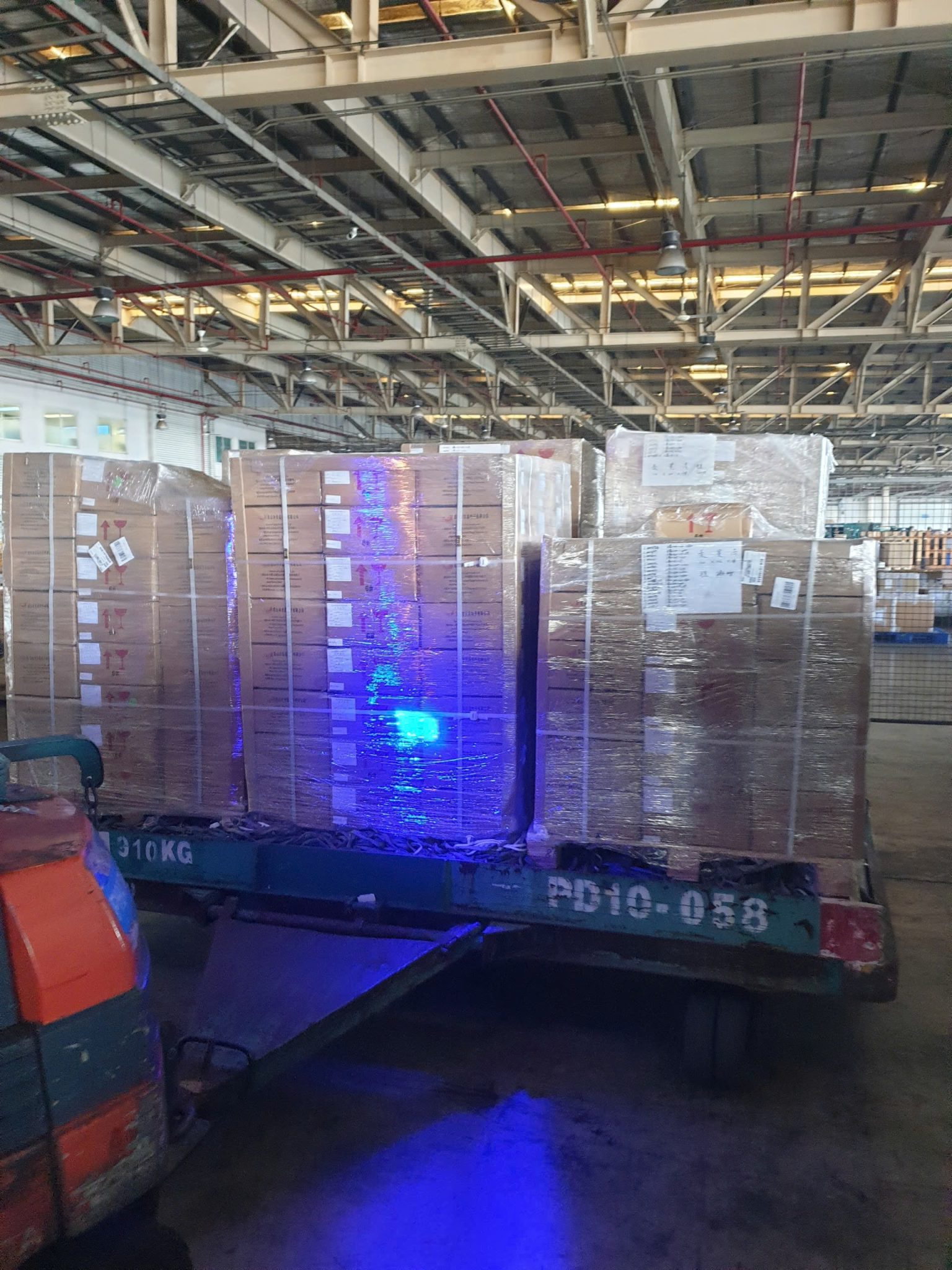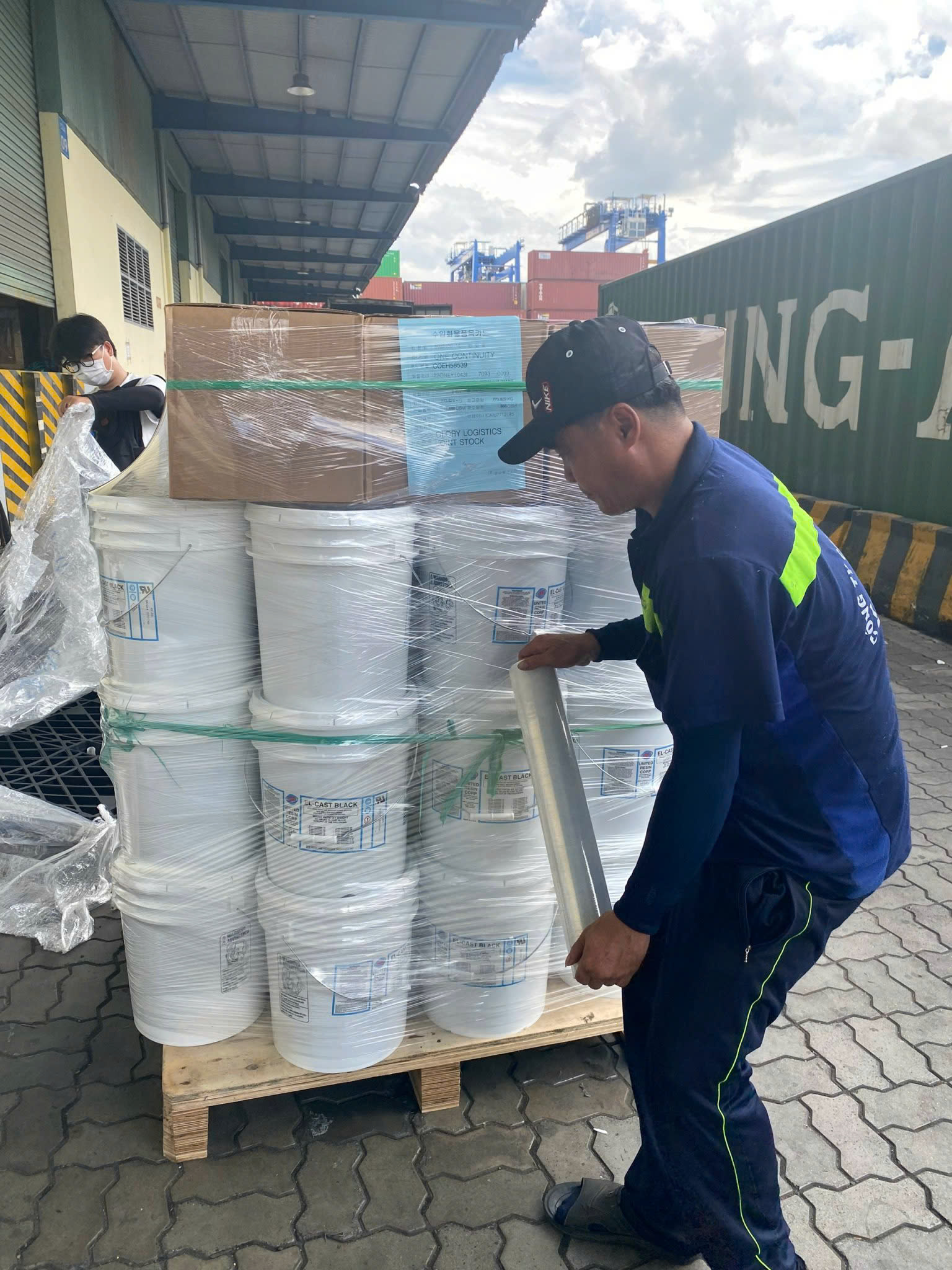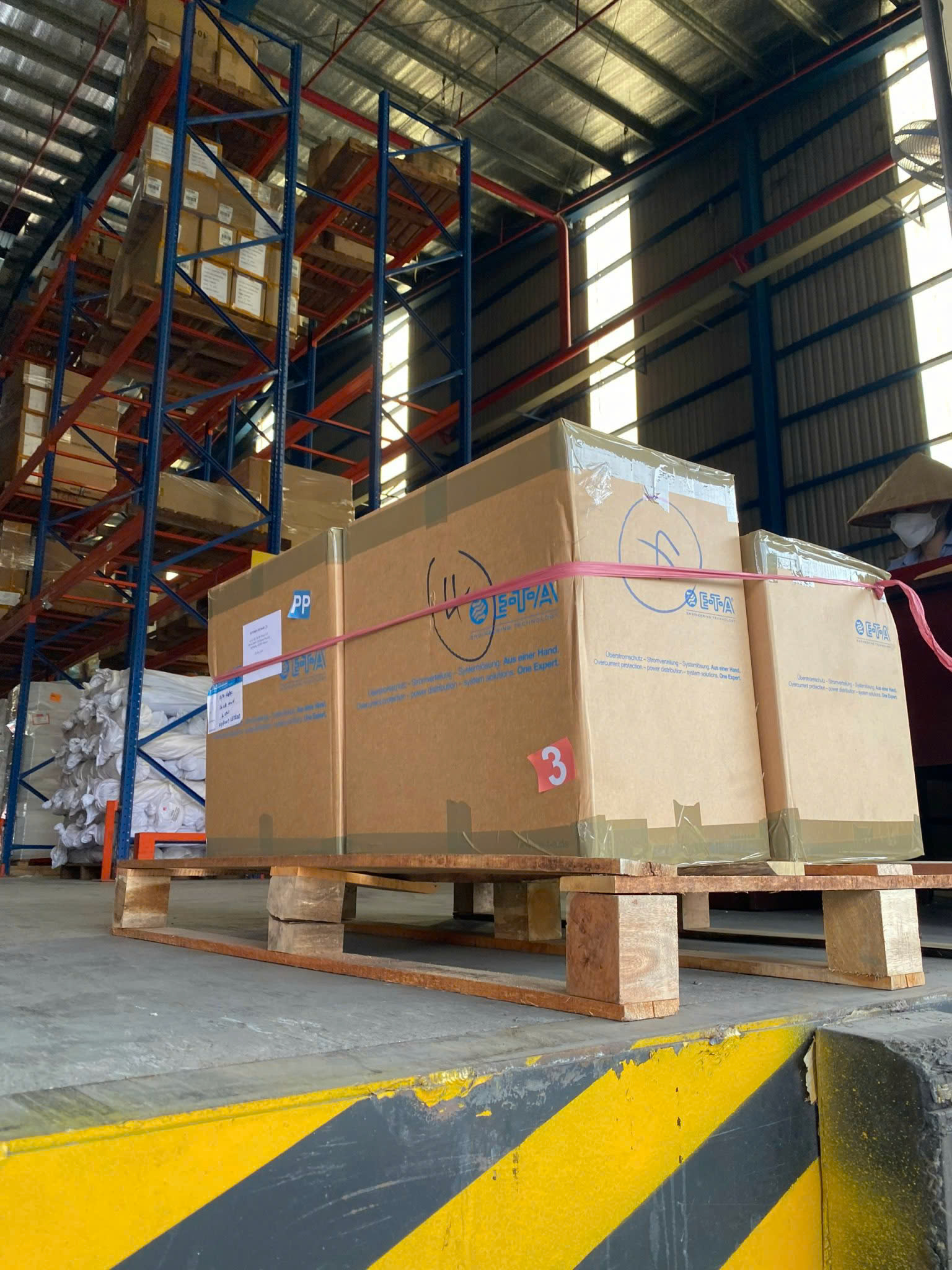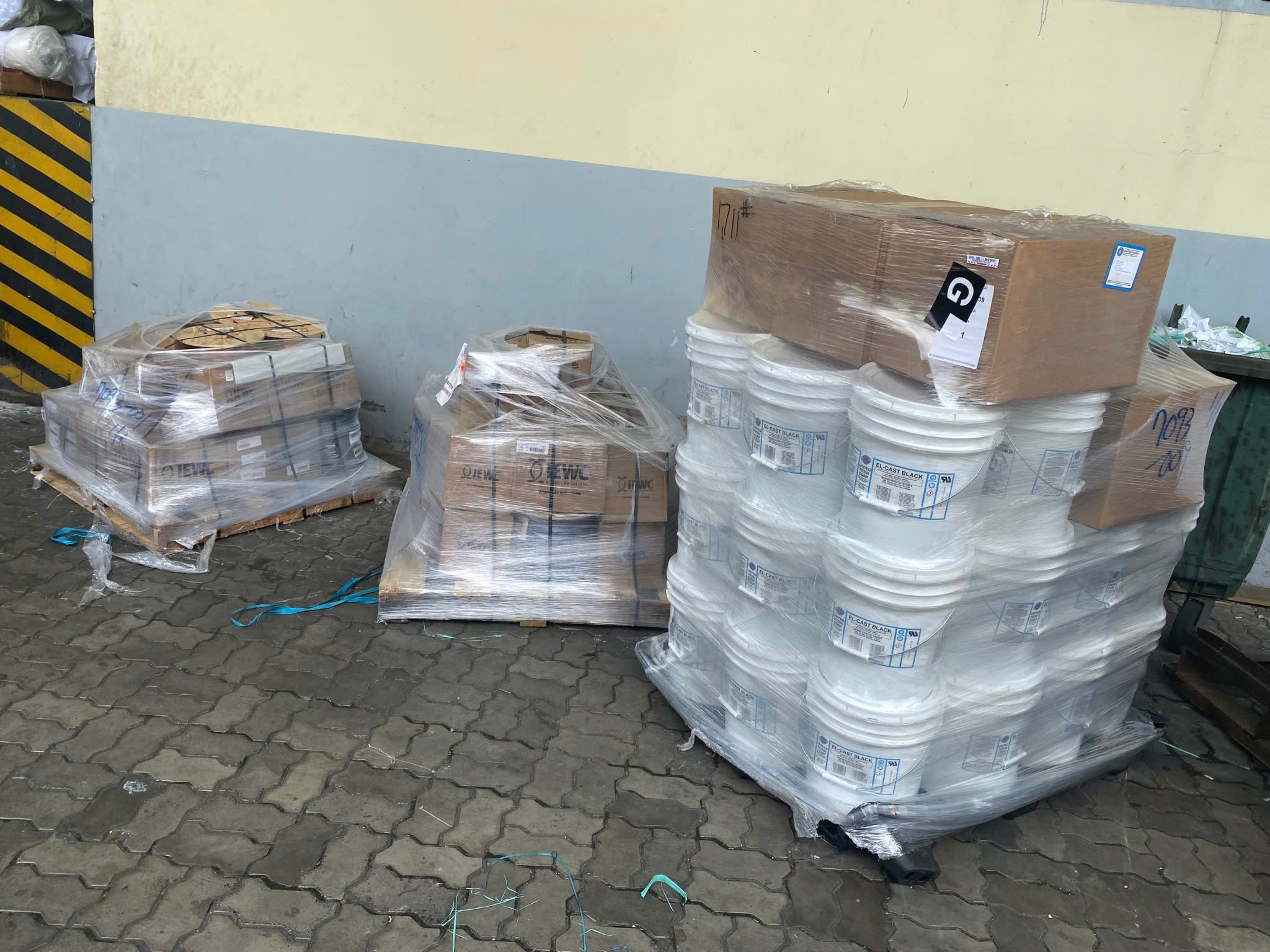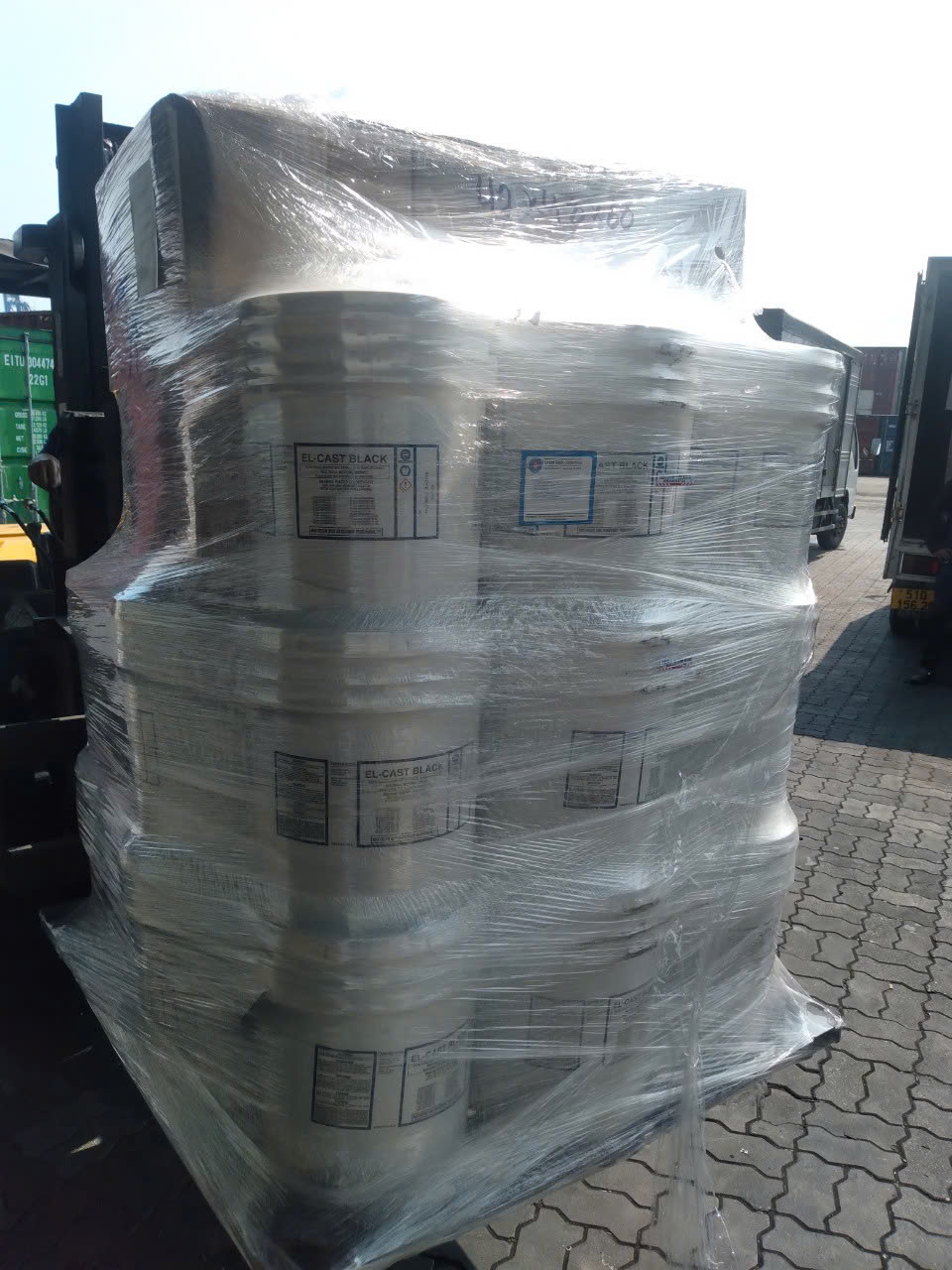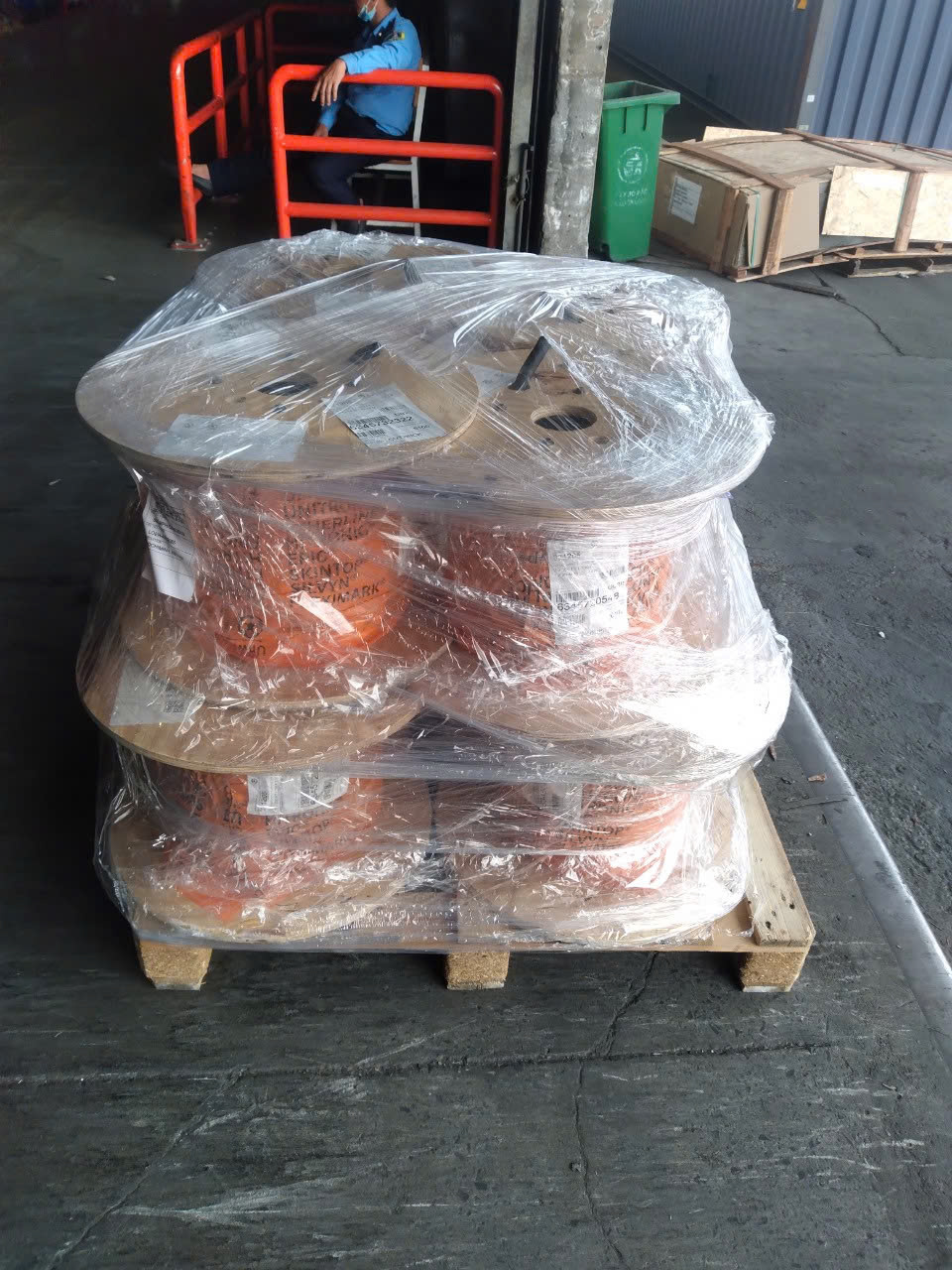The shipping industry worldwide are strong thanks to the series innovation, technology, towards logistics, smart, green, effective, and adapt well to fluctuations in global.
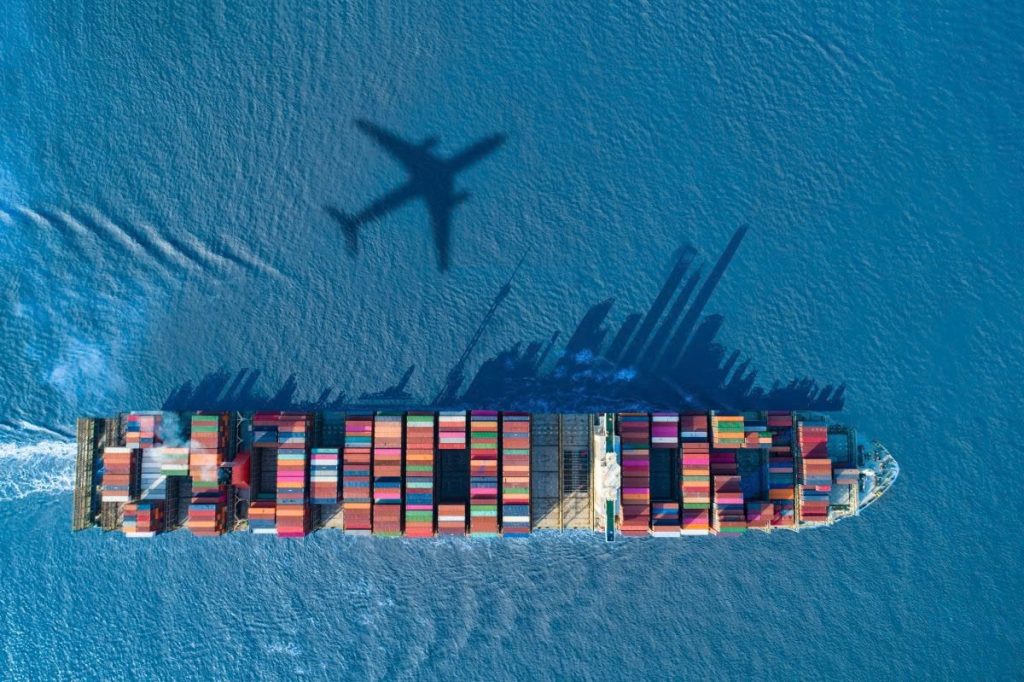
The shipping industry globally, which is considered quite conservative in the application of technology are witnessing a revolution in the field of logistics. As e-commerce expands, the regulatory environment is increasingly demanding and resilience supply chain becomes a top priority, innovation has become indispensable factor. The convergence between digital technology, automation and green energy are creating a field of maritime intelligence, clean and connect more closely.
Here are 6 technological innovations are advancing the transition of the shipping industry, contributing to shape the way goods are transported across oceans and continents.
Cargo ship automation and navigation by AI
Cargo ship automatically moving from idea to commercial practices. The ship is equipped with a navigation system that uses artificial intelligence, allows to make decisions in real time based on sensor data, satellite imagery and algorithms machine learning. Some ships can operate with the number of sailors minimum, even completely remote.
This technology helps to reduce errors due to human and the accident rate, cut operating costs related to the crew, and optimise fuel consumption through the planned route in real time. Besides, WHO also supports predictive maintenance, help train, identify and overcome the technical malfunctions before they cause delay or dangerous. As more and more ports and maritime agencies adapt to this technology, the expected field of ship automation will grow strong in the next 5 years.

Use the wind and towards transport sustainability
In the context of the whole industry are directed to the target eliminator carbon, sea transport back to avail the wind, but in a more modern way. The technology like the wings of hard sailing, kite systems drag and sails rotating (rotor sail) are brought to the solution, push the environmentally friendly ship.
Such design sails of Oceanbird can be reduced by up to 90% of emissions; system the kite of Airseas help save fuel by extraction airflow high floor; also the rotor sail of Norsepower has been installed on many large cargo ships. These initiatives not only to reduce dependence on fossil fuels, but also consistent with the goal of reducing carbon emissions of the Organization international maritime (IMO) towards 2030. The hybrid system between the engine and the wind also helps train more flexibility when operating in conditions different weather.
Connect 5G infrastructure and port smart
Increasingly many seaports app 5G network to support development infrastructure smart new generation. Connect high speed, low latency allows information transmission smooth mid-ship, port agencies and employees unloading cargo.
5G network help upgrade infrastructure such as crane automatic control equipment remote monitoring through live videos and updates the flow of goods in real time. The integration between 5G and auto ship as well as the logistics center smart will shorten the duration of cargo handling, enhanced security and the ability to react flexibly ago interruption. The port of pioneers such as Freeport of Riga (Latvia) and Rotterdam (the Netherlands) has invested heavily in infrastructure systems intelligent platform using 5G.
Cargo tracking using IoT and RFID
Track goods in real time, no longer is the utility which has become mandatory standard in the logistics industry globally. Thanks to sensors, IoT, and RFID cards, the shipping company can monitor the status, journeys and security of the goods from the moment of leaving the dock until delivery to the recipient.
These technologies provide continuous data about temperature, humidity, impact and placement of goods; at the same time, help customs faster thanks to history, shipping transparent. Thanks to the proactive monitoring, status loss and damage to the goods is also significantly reduced. When combined with supply chain based on blockchain, this system also enhance transparency and confidence between the parties in the network of global transportation.
Train and train future hybrid
The train uses electric motors are becoming a trend when the maritime industry set a target level of emissions is equal to 0. Although the deployment on the maritime routes long still many challenges, the online coastal and inland back are witnessing the explosion of the electric train and train future hybrid.
Some progress worth noting include: the container ship fully electric began operation in Northern Europe; hybrid systems combining motor LNG or bio-fuels with the electric motor; and solutions power supply from land to the ship while moored, help reduce emissions at the port. Here are the key technologies to realize the transport corridor no emission is proposed in Europe and Asia.


